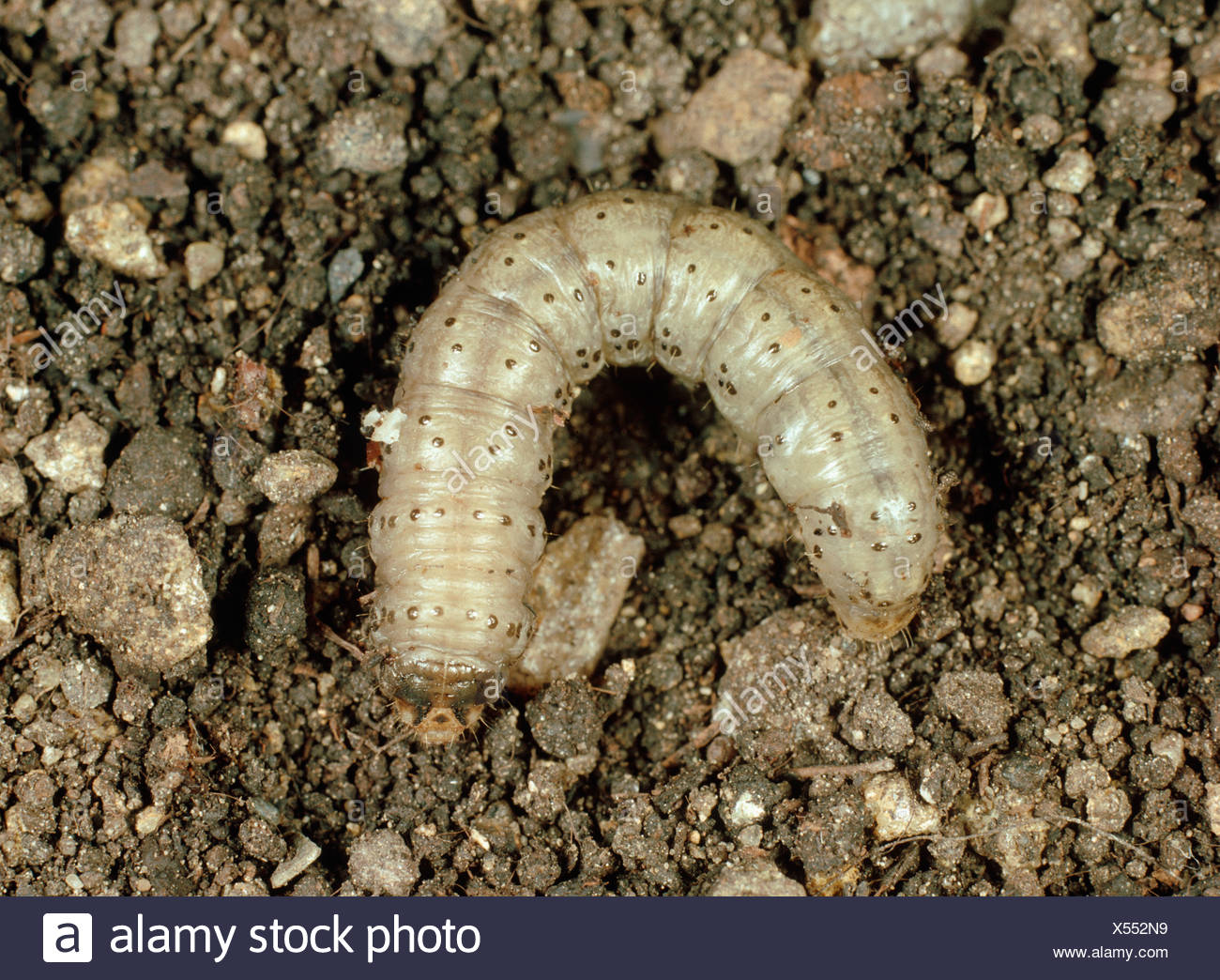

The adults are frequently seen darting across the lawn, especially when disturbed. Sod Webworm adults are small, tan moths that are ½ to ¾" in length. As larvae, webworms construct tunnels or burrows throughout the thatch layer, sometimes extending into the soil. As with Cutworm damage, damage from Sod Webworms appears similar to that of dryness. The immature or larvae stage of the sod webworm is as long as ¾" and are white or tan-coloured, with many having rows of dark spots along their backs. The name webworm is derived from the insect's habit of lining its tunnel with a silk-like material they produce. When these birds frequently return to an area, cutworm larvae may be present. Starlings have a keen ability to locate cutworm larvae. You notice an increased presence of birds. The lawn has symptoms of dryness, and watering does not remedy the issue. There are a few things that you can look for in order to determine if you have a cutworm problem: How do I know if I am dealing with cutworms?


Larvae emerge and begin feeding as early as June, with visible damage appearing in June or July. However, they do lay eggs in the spring during the night on grass blades. Fortunately, adult cutworms do not damage lawns. The adult Cutworm appears in the spring as a grayish/brown moth with a 1 to 1 ½" wingspan. Stems, leaves, and roots of the grass plants may be injured, resulting in yellowish-brown dead patches on the lawn that have a hollow hole in the middle, and the grass may be pulled away easily by hand. During the day, they burrow into vertical holes to hide, but when nightfall arrives, they emerge from their burrowed hole and feed on the grass blades at the rim of the hole. They live on the soil surface or in the thatch layer. Cutworms are large, plump, grayish-green and brown larvae which viciously chew on grass plants.


 0 kommentar(er)
0 kommentar(er)
